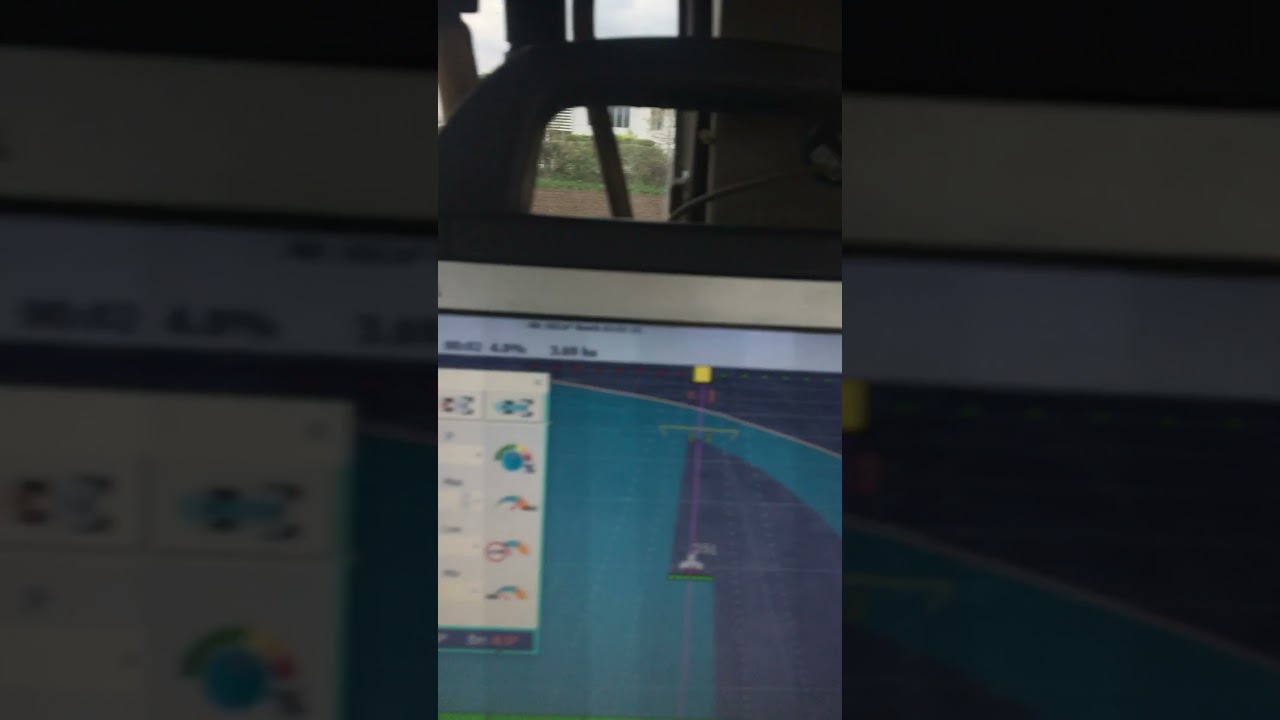Basically what it does at the moment is use angular velocity over speed, attempt to reject rogue values and applies a tiny amount of Kalman filtering (almost none), just to soften it very slightly.
I don’t think WAS less steering has to be any different to WAS steer really. There is no delay in the system. If your steering wheels are rotated to the right you are immediately rotating to the right. Whether you measure the steer wheel angle or actual vehicle rotation, you are indirectly effectively measuring the same thing. The only difference is one is speed dependant, whilst the other isn’t.
I’ve been out maize drilling today and after using the standard setup for most of the day I gave the WAS less a try in the real world. The resulting job was indistinguishable. My code is still simple, crude and not really up to much but the BNO085 is absolutely up to the job as far as I can see.
…and to be clear, I haven’t modified AOG at all. Only the Arduino code.
I did have a video of a U turn but cocked it up because I’d got the U turn parameters wrong for the job I was doing so had to abort filming and rescue my drilling!!
